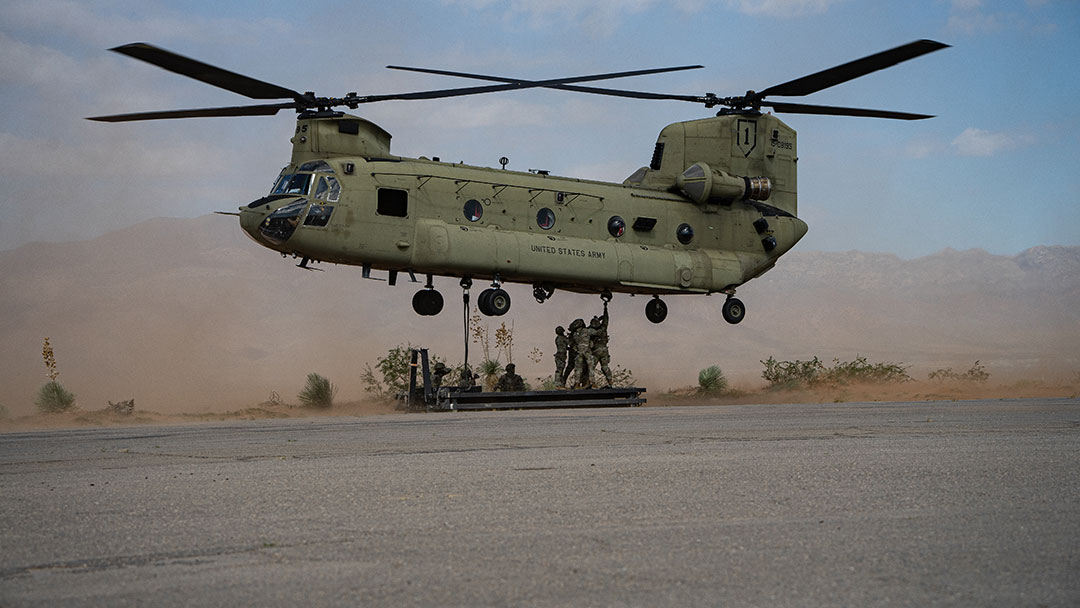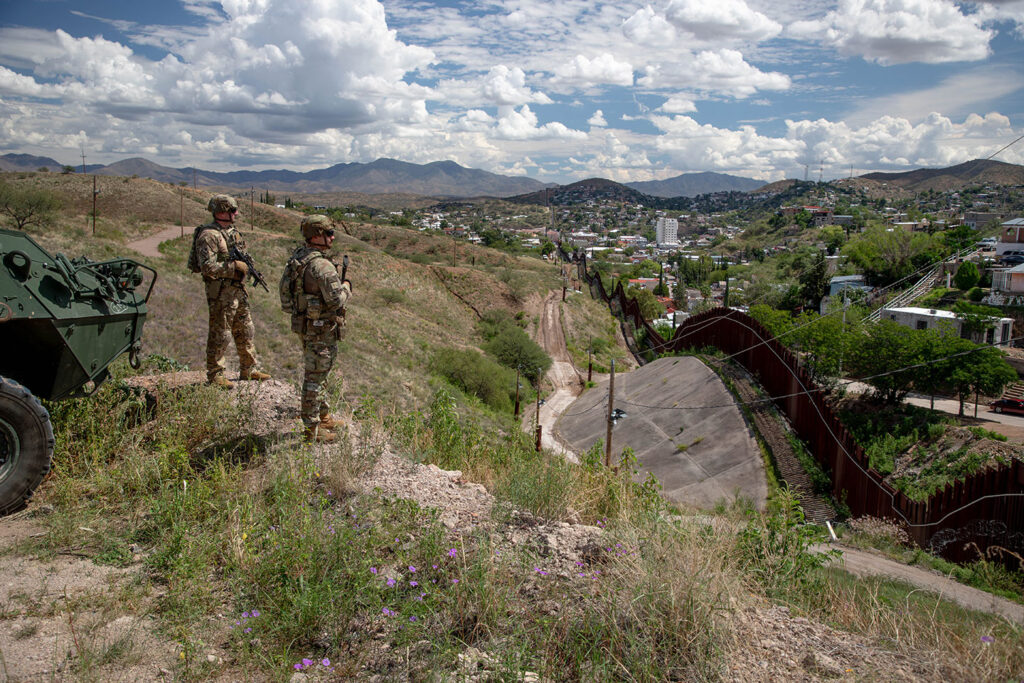The U.S. Army is sending Soldiers with the 101st Airborne Division and other units to the U.S.-Mexico border this fall to provide enhanced sustainment, engineering, communications and operational capabilities in support of Joint Task Force-Southern Border (JTF-SB). They will replace other units in the region, where about 7,600 Soldiers are deployed to control the border and guard the territorial integrity of the United States, U.S. Northern Command (USNORTHCOM) said.
An Army news release, issued September 2, said the new deployments will include:
- The 101st Airborne Division (Air Assault) Headquarters to replace the 10th Mountain Division Headquarters
- The 10th Combat Aviation Brigade, 10th Mountain Division, to replace the 1st Infantry Division Combat Aviation Brigade
- The 2nd Armored Brigade Combat Team, 1st Armored Division, to replace the 2nd Stryker Brigade Combat Team, 4th Infantry Division
- The 101st Airborne Division (Air Assault) Division Artillery to replace the 89th Military Police Brigade
- The 11th Corps Signal Brigade, III Armored Corps, to replace the 35th Corps Signal Brigade, XVIII Airborne Corps
- The 130th Maneuver Enhancement Brigade, North Carolina National Guard, to replace the 90th Sustainment Brigade, U.S. Army Reserve
The Army news release did not specify the number of Soldiers being deployed in the fall. However, a news release issued by the 101st on September 3 said about 500 Soldiers from the 101st Headquarters and other units from Fort Campbell, Kentucky, will be sent to the U.S.-Mexico border starting in early October to support USNORTHCOM’s mission. “The 101st Airborne Division (Air Assault) will assume the role of Joint Task Force headquarters from the 10th Mountain Division (Light Infantry) and will be charged with overseeing units of all U.S. service branches operating along the U.S. Southern Border,” the news release said.

The 101st Airborne Division Headquarters hosted a color casing ceremony September 19 ahead of its deployment, according to clarksvillenow.com, a news website that covers the region around Fort Campbell. During the traditional military ceremony, a unit’s flags, or “colors,” are furled and inserted into a protective sheath, “casing” the colors.
“Today marks a pivotal moment for the 101st Airborne Division (Air Assault) as we prepare for our next mission, leading the Joint Task Force-Southern Border,” said Maj. Gen. David Gardner, commander of the 101st Airborne Division (Air Assault) and Fort Campbell. “This casing of the colors symbolizes our transition from a period focused and rigorously training to now take a critical, demanding operation.”
The U.S. has boosted the number of troops at the southern border by about 6,500 since the beginning of the year, according to a JTF-SB spokesperson. In addition, a motorized brigade equipped with 20-ton armored Stryker combat vehicles and a helicopter battalion were ordered to the region, as well as Navy guided-missile destroyers and littoral combat ships.
The U.S. also has authorized the transfer of federal land along the border to the Department of Defense (DOD) to support the mission to halt illegal immigration. In those zones, designated as national defense areas, immigrants who walk on the land could be apprehended by U.S. Soldiers and face legal action by civilian law enforcement. “Service members … will be governed by the same rules as when they are defending any other military installation, such as apprehending trespassers and passing them to appropriate civilian or federal law enforcement officials,” a DOD news article says.

